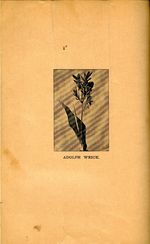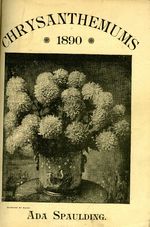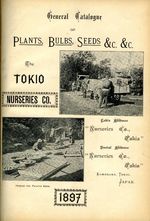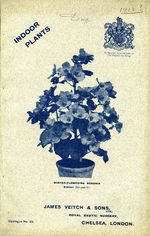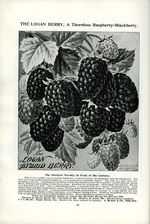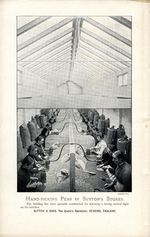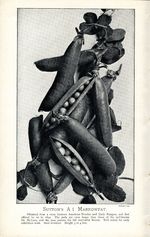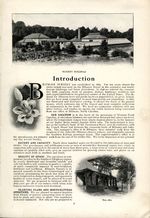Black-and-white photographs became common in seed and nursery catalogues during the 1890s, shortly after Kodak introduced the first handheld camera in 1888. The OSU collection contains one example of a catalogue with a photograph from before that time: Edwin Fewkes’ Spring, 1888 catalogue shows a small photograph of a canna flower on the back cover. Landreth may have been the first American seed company to include photographs in its catalogue of 1889.1 According to the introduction, they did this as testimony to their honesty, and their difference from merchants whose catalogues contained misleading and exaggerated engravings. Many early black-and-white catalogue photographs were unattractive, however, presenting faraway, blurry, or dull views of plants and gardens. From 1890 to 1914, many firms continued to use more enticing chromolithographs for catalogue covers and engravings to illustrate individual varieties. Nevertheless, the OSU collection has catalogues from this time with photographs from England, the United States, and Japan, some of which are scanned below. Gradually, however, photographs replaced lithographs and engravings, which appeared much less frequently after the 1920s. Albert Blanc, who operated America’s first cactus nursery and produced engravings and lithographs for use in other catalogues, offered some electrotypes of photographs at least as early as 1895, as shown in the scan below from his catalogue of “Novelties and Specialties.”
The best example of black and white photography from the 1890s in the OSU collection is an album of Sutton’s peas from 1895. In addition to the life-size pea photographs, the album shows a picture of women in long dark dresses sorting peas by hand. Barr’s Nursery catalogues displayed sharp black-and-white photographs of plant varieties as well as informal snapshots of the company grounds. The 189-page hardcover Biltmore Nursery catalogue of 1907 is filled with black-and-white photographs, from full-page pictures of trees to cutouts of pinecones to decorate chapter headings.2
Notes
- While not in the OSU collection, the catalogue is held at the Mann Library at Cornell and was previously featured in an online exhibit. That noted that Landreth reverted to using engravings one year after introducing photographs.
- The Biltmore Nursery, on the grounds of the Biltmore estate landscaped by Frederick Law Olmsted in Asheville, NC, belonged to George Vanderbilt. Founded in 1895, the nursery sold plants to individuals and parks, until floods destroyed it in 1916. For additional information on the estate, see http://www.biltmore.com. A forthcoming book on the nursery is The Biltmore Nursery: A Botanical Legacy by Bill Alexander, Charleston, The History Press, 2007.

